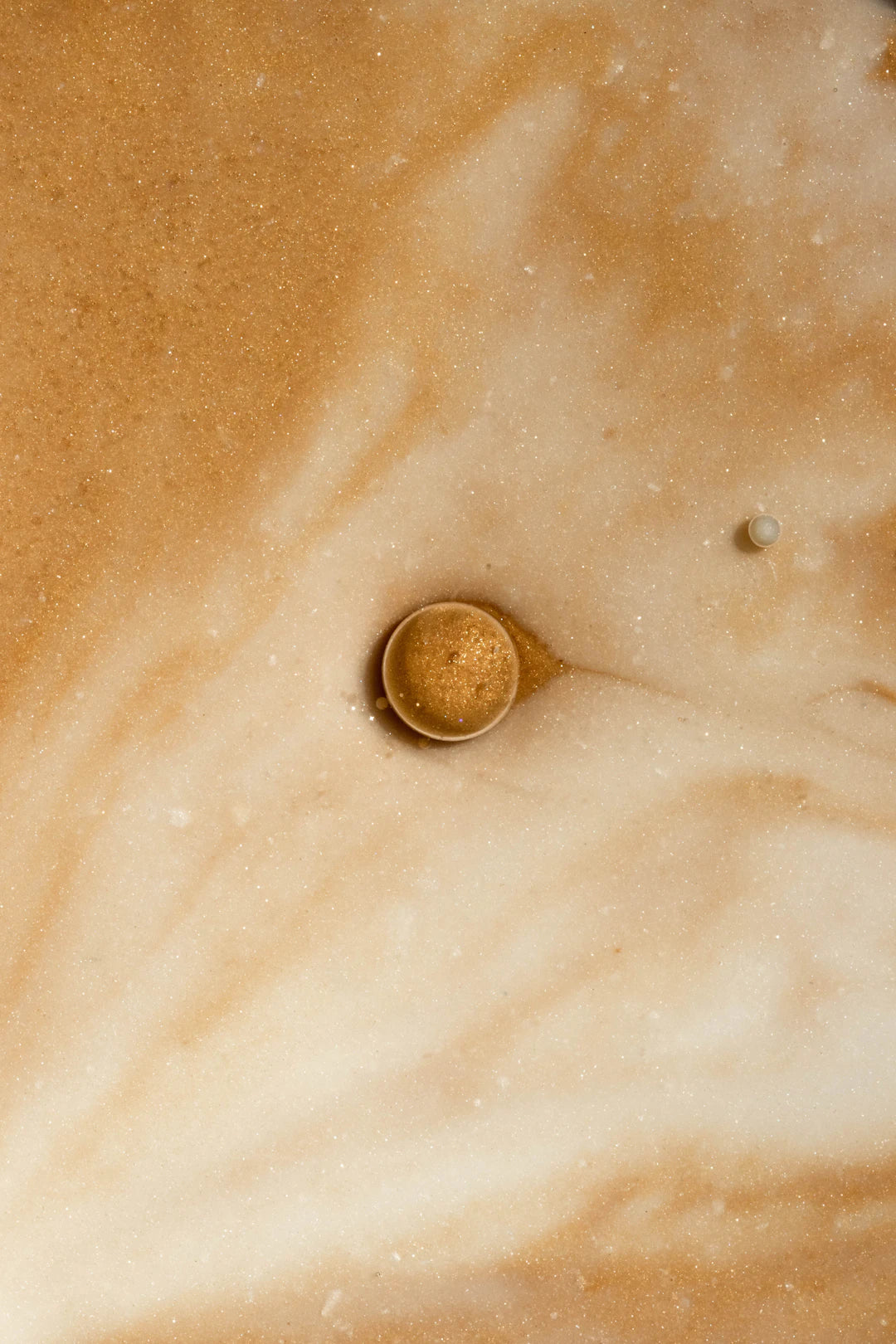Frequently Asked Questions
1. What are the main ingredients in bath bombs?
2. How do bath bombs impact the environment?
3. What should I look for when choosing eco-friendly bath bombs?
4. Can I make my own bath bombs to be more environmentally friendly?
5. What are some additional practices for sustainable bathing?
Bath bombs have surged in popularity over the past few years, transforming the way people enjoy their baths. But while the fizz and aromas create an enticing experience, it's crucial to consider the environmental impact of these delightful products. As consumers become increasingly eco-conscious, understanding how bath bombs affect our planet is more important than ever. In this article, we will explore the environmental implications of bath bombs, their ingredients, and how you can enjoy a bath without compromising the wellbeing of our Earth.
Understanding Bath Bombs
Before diving into the environmental concerns, let's look at what bath bombs are made of. Typically composed of a mix of baking soda, citric acid, essential oils, and colourants, bath bombs create a fizzing sensation and release fragrant aromas when dropped into water. While these ingredients may smell enticing, they often have broader implications for our planet.
The Ingredients Breakdown
Bath bombs often contain the following ingredients:
- Baking Soda: A common household item, it's generally considered safe for the environment.
- Citric Acid: Derived from citrus fruits, this natural preservative has a low environmental impact.
- Essential Oils: While natural, the sourcing of these oils can raise sustainability concerns if not managed properly.
- Colourants and Fragrances: Many commercial bath bombs use synthetic colourants and fragrances that can be harmful to aquatic life.
It's essential to scrutinise these ingredients if you want to make environmentally conscious decisions.
The Environmental Concerns
When it comes to the environmental impact of bath bombs, several issues arise:
Water Pollution
One of the most pressing environmental concerns regarding bath bombs is their potential contribution to water pollution. When bath bombs dissolve in the water, any synthetic fragrances or colourants can enter the water supply. These chemicals can affect aquatic ecosystems, harming fish and other marine life. Moreover, some ingredients can disrupt the natural pH levels of water, which can have further consequences for wildlife.
Microplastics and Packaging
Many bath bombs also come packaged in materials that contribute to waste. While some companies are beginning to use eco-friendly packaging, the majority still utilise plastic that takes years to decompose. Once these packages end up in landfills, they can contribute to microplastic pollution, which has become a focus of environmental advocacy in recent years. When microplastics find their way into the oceans, they can be ingested by marine animals, leading to dire consequences for the food chain.
Sourcing of Ingredients
The sustainability of the ingredients used in bath bombs is another critical factor to consider. Essential oils, for instance, while natural, often come from farming practices that may not be sustainable. Over-harvesting can threaten plant species and disrupt local ecosystems. Consumers should look for brands that use responsibly sourced ingredients, as this can reduce the overall impact on the environment.
How to Choose Environmentally Friendly Bath Bombs
Fortunately, there are several ways to enjoy bath bombs while also being mindful of their environmental impact. Here are some tips to consider when looking for eco-friendly options:
- Read the Labels: Always check for harmful synthetic ingredients, fragrances, and microplastics. Opt for bath bombs that use natural colourants and essential oils.
- Opt for Bulk Options: Buying in bulk reduces packaging waste significantly. Look for brands that offer refillable options.
- Choose Companies with Sustainable Practices: Support businesses dedicated to environmental sustainability. Look for those that source their ingredients responsibly and use eco-friendly packaging.
DIY Bath Bombs: A Greener Alternative
If you're feeling adventurous, making your own bath bombs can be a great way to ensure that you are using only eco-friendly components. Here's a simple recipe to get you started:
DIY Bath Bomb Recipe
Ingredients:
- 1 cup baking soda
- ½ cup citric acid
- ½ cup Epsom salt
- Essential oils (your choice)
- Natural colourants (optional)
- A spray bottle filled with water
Instructions:
- In a large bowl, mix the baking soda, citric acid, and Epsom salt until well combined.
- If using, add natural colourants and blend until evenly distributed.
- Add a few drops of essential oils for fragrance.
- Spray the mixture lightly with water, stirring continuously until it clumps together without fizzing.
- Pack the mixture tightly into moulds and let them dry for at least 24 hours.
This DIY method allows you to customise your bath bombs, ensuring they are both environmentally friendly and tailored to your preferences. Plus, you can avoid the detrimental packaging associated with commercial products.
Additional Eco-Friendly Bathing Practices
Making environmentally conscious choices goes beyond just selecting the right bath bomb. Here are some additional practices you can adopt to ensure a sustainable bathing routine:
- Limit Water Usage: Try to keep your baths shorter to conserve water, or even consider switching to showers occasionally.
- Use Natural Bathing Accessories: Consider using loofahs, natural sponges, or other eco-friendly items instead of plastic alternatives.
- Recycle Packaging: Always recycle any packaging associated with your bath products.
The Future of Bath Bombs and Sustainability
As consumer demand for eco-friendly bath products grows, the industry is gradually shifting towards more sustainable practices. Brands are becoming increasingly aware of the environmental impacts associated with their products and are actively seeking to implement changes. This provides hope that the future of bath bombs can be more sustainable and less harmful to the environment.
Embracing Change
As consumers, we have the power to influence the market. By choosing brands that prioritise sustainability and by being conscious of our own habits, we can drive change in the industry. When purchasing bath bombs or any bath-related products, make it a habit to search for brands that align with your values.
Eco-Conscious Living Beyond Bath Bombs
In addition to reducing the environmental impact of your bathing routine, adopting eco-conscious living in all aspects of your life can result in significant benefit for the planet. Consider evaluating and implementing sustainable practices throughout your home. From reducing plastic usage to thrift shopping, embracing a holistic approach to sustainability makes a lasting impact.
Final Thoughts: Bathe with Intention
Bathing should be a relaxing and rejuvenating experience, and it doesn't have to come at the expense of our planet. By being informed about the environmental impact of bath bombs and making mindful choices, you can enjoy a peaceful bath while protecting the Earth. Whether you opt for store-bought, eco-friendly bath bombs or choose to create your own at home, remember: every small action contributes to a larger positive change. So, soak your stress away with intention, knowing you're making a difference for our beautiful planet.





